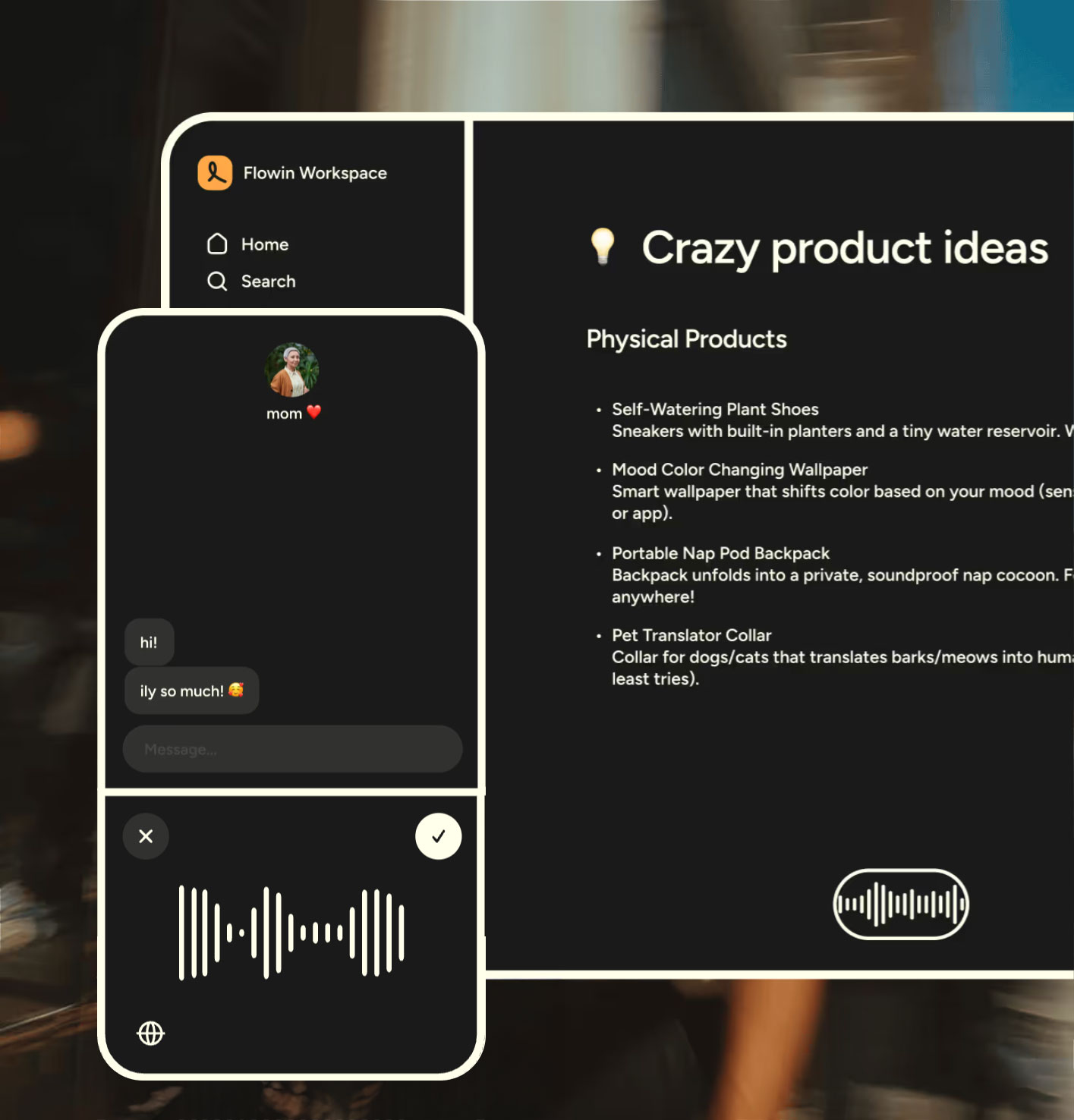In our introductory post, we laid out the 10 laws of successful marketplaces. We’ve since followed up with two other pieces on the importance of the expanding the Shadow Market, and the benefits of boosting the rake. In our initial post, we also noted that marketplaces focused in a particular vertical tend to grow faster and achieve critical mass more quickly. Within a broad horizontal marketplace, it becomes more difficult to achieve sufficient liquidity, whereas a vertical marketplace immediately brings together buyers and sellers seeking to complete the same category of transaction.
To make this point, it’s helpful to examine the paths taken by two vertical marketplace businesses (Uber and Airbnb) versus two horizontal companies (eBay and Etsy). Vertical marketplaces were able to experience explosive growth in four to five years, while horizontal marketplaces continued to grow steadily before reaching a milder inflection point after six to seven years in business.
We want to make sure that we are comparing apples to apples, as eBay was founded in a different time period (consider that, in 1999, there were 280 million users online and no smartphone penetration, versus today’s nearly three billion internet users and 75% smartphone penetration in the U.S.). Examining Etsy is likely a more appropriate comparable, and their GMV growth has yet to accelerate to the same degree as Uber or Airbnb despite being in business for a much longer period of time.
It is also interesting to compare marketplaces that could be considered subsets of each other. For example, Upwork (formerly oDesk and eLance) is the leading platform for hiring remote workers. Rev is a marketplace for transcription and translation services that has grown to become the largest provider of Certified Translation in the U.S., despite these services also being available on Upwork. Likewise, Thumbtack purports to cover all local professionals, yet UpCounsel is building a thriving business by focusing exclusively on legal services. We believe that marketplaces like Rev and UpCounsel will be long-term winners as a result of the specialized tools that they can build to enhance supplier productivity and create platform “lock-in.” Rev developed proprietary transcription software that dramatically increases productivity, and UpCounsel has powerful practice management tools for independent lawyers. Broad horizontal platforms simple don’t have the resources to create specialized platform tools, which prove to be a distinct benefit for vertically focused marketplaces.
In addition, it’s worth noting that the fundraising dynamics of vertical and horizontal marketplaces are very different. Etsy only raised approximately $100 million before going public, and while eBay went public much earlier in its lifecycle, it raised only $60 million in its IPO. Of course, Uber and Airbnb have raised orders of magnitude more money than this in the private market, at last check right around $10.5 billion combined.
We believe that the nature of a vertical marketplace lends itself more easily to fundraising, as early liquidity provides a variety of proof points earlier in the company lifecycle that allows for founders to raise money to accelerate the business. Even recent successful horizontal marketplaces like Thumbtack haven’t been able to raise capital at the same rate that Uber and Airbnb have, with $275 million raised in the seven years that it has been in business. For example, Uber was able to raise a large Series B round as a result of its early success exclusively in San Francisco. By verifying unit economics in a single market with sufficient liquidity, investors are comfortably investing money into a vertical marketplace with the plan to “rinse and repeat” in other markets.
Such a fundraising strategy is inherently more difficult for horizontal marketplaces, which take longer to hit a critical mass, and may have increased uncertainty as they build various amounts of liquidity within different categories. One way for founders of horizontal marketplaces to counteract this is to focus on gaining liquidity within specific verticals before expanding their focus. We’ve seen companies do this by either focusing on highly specific geographic areas (which becomes increasingly possible with the advent of next-gen Facebook targeting), or single categories within a broader market. Companies like OfferUp may target specific neighborhoods to achieve critical mass faster, while Handybook might have thought about only offering a specific service like housecleaning to prove the model.
In this way, horizontal marketplaces can bring a variety of proof-points to investors which will allow them to de-risk the business while raising additional capital to expand into additional geographies and verticals. Whether it’s a horizontal marketplace growing vertical by vertical or a pure vertical marketplace, we believe these business will have an advantage over their broader counterparts over the next few years.
Steve is a partner at Menlo focused on investments in Menlo’s Inflection Fund, which targets fast-growing Series B/C companies. He specializes in AI-powered vertical SaaS investments and supply chain technology, including Enable, Eleos, Observe.AI, Scout, 6 River Systems, ShipBob, CloudTrucks, and Parade. Steve joined the firm in 2015 as an…






